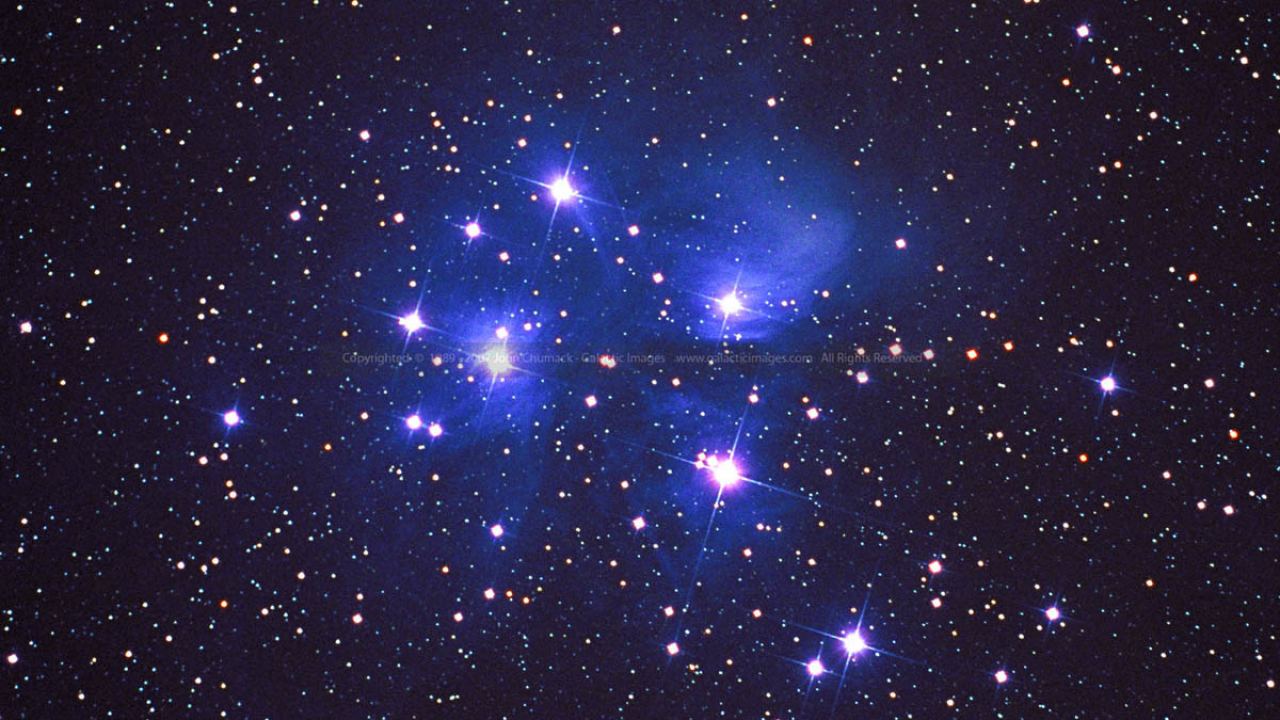Stars are massive, luminous spheres of plasma that generate energy through nuclear fusion. They are the fundamental building blocks of galaxies and play a crucial role in the formation and evolution of planets.
Types of Stars
Stars come in a wide variety of sizes and colors, depending on their mass and temperature. Some of the most common types of stars include:
- Main-Sequence Stars: These are stars that are fusing hydrogen into helium in their cores. Our Sun is a main-sequence star.
- Red Giants: These are stars that have exhausted the hydrogen in their cores and have expanded significantly.
- White Dwarfs: These are the remnants of stars that have exhausted their fuel and have collapsed to a very small size.
- Neutron Stars: These are incredibly dense objects formed from the collapse of a massive star.
- Black Holes: These are objects with such a strong gravitational pull that nothing, not even light, can escape.
Stellar Evolution
Stars evolve over their lifetimes, going through different stages as they consume their fuel. The lifespan of a star depends on its mass. Massive stars burn through their fuel more quickly and end their lives in spectacular supernova explosions, while smaller stars gradually cool down and become white dwarfs.
The Birth of Stars
Stars are born from clouds of gas and dust known as nebulae. As these clouds collapse under their own gravity, they become denser and hotter, eventually triggering nuclear fusion.
The Role of Stars in the Universe
Stars play a crucial role in the formation and evolution of planets. They provide the energy and heat that is necessary for life to exist. Additionally, stars produce elements that are essential for the formation of planets and other celestial objects.
Observing Stars
Astronomers use telescopes to study stars and learn more about their properties. Telescopes can be used to measure the brightness, temperature, and composition of stars. They can also be used to detect exoplanets, planets that orbit other stars.
Stars are fascinating objects that have captivated humanity for centuries. As technology continues to advance, we can expect to learn even more about these luminous giants of the universe.
